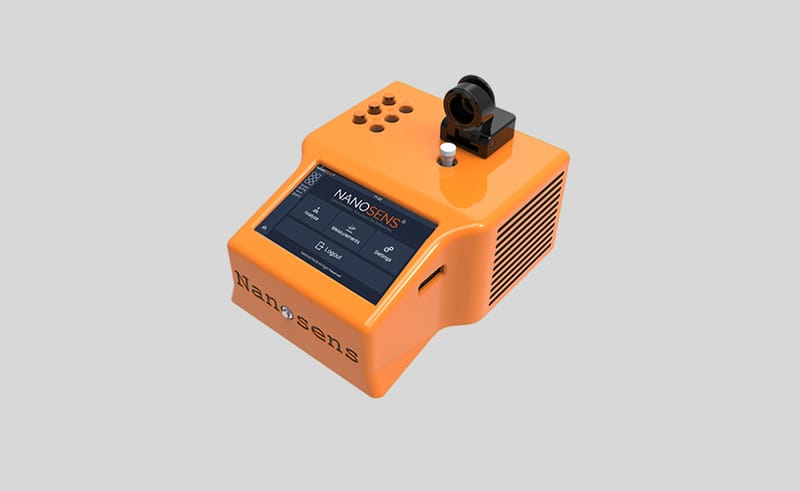Near infrared spectroscopy (NIR) is a vibrational spectroscopy technique which employs photon energy in the range of 2.65x10-19 to 7.96x10-20 J. This energy range corresponds to the wavelength range between 750-2500 nm (wavenumbers: 13300-4000 cm-1). Observed absorption bands in the NIR region correspond to overtones and combinations of carbon-hydrogen (CH), oxygen-hydrogen (OH) and nitrogen-hydrogen (NH) vibrations. NIR is a fast and nondestructive technique that provides multi-constituent analysis of virtually any matrix. Its objective is to probe a sample in order to acquire qualitative and/or quantitative information coming from the interaction of near-infrared electromagnetic waves with its constituents.
The analytical methods resulting from the use of the NIR spectroscopic region reflect its most significant characteristics, such as:
• fast (one minute or less per sample),
• non-destructive,
• non-invasive,
• high penetration of the probing radiation beam,
• suitable for in-line use,
• nearly universal application (any molecule containing C-H, N-H, S-H or O-H bonds),
• minimum sample preparation demands.



